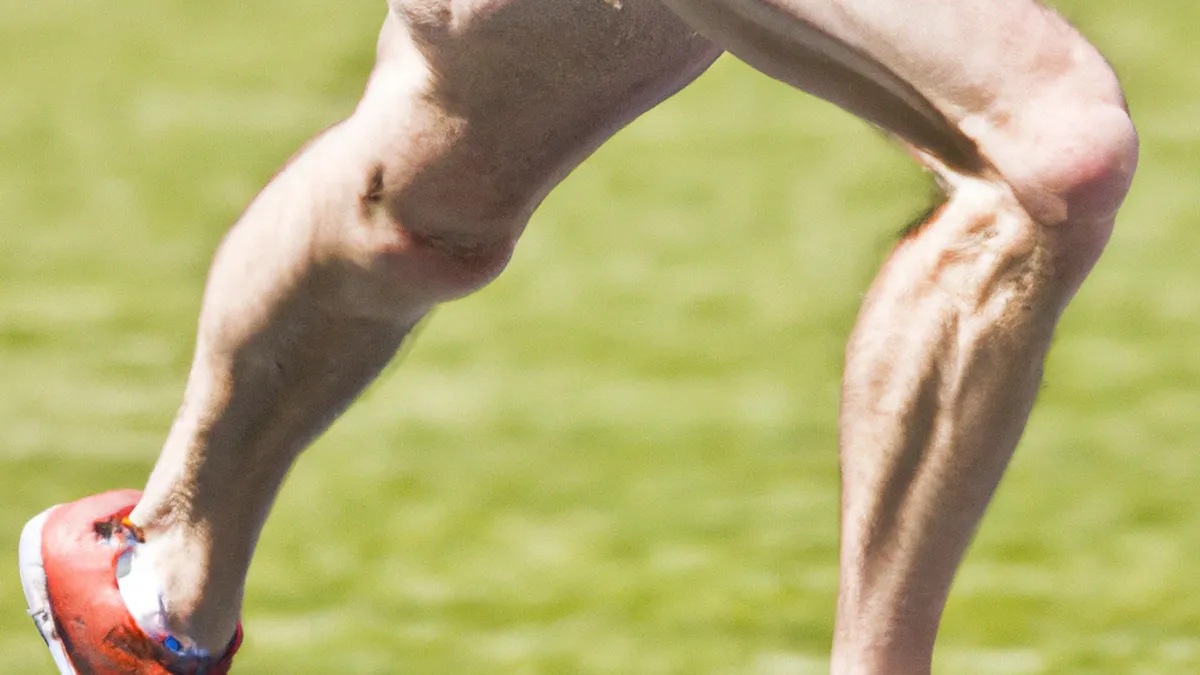Energy Burst: HIIT for Young Athletes
HIIT for Youth AthletesHigh-Intensity Interval Training (HIIT) has become popular among youth athletes. This training method blends short, intense exercise bursts with rest periods. HIIT proves effective, efficient, and adaptable for young athletes. This post explores HIIT principles, offers tips for implementation, and highlights its benefits for youth athletes.
Understanding HIIT
HIIT differs from traditional training, which features long, steady workouts. HIIT emphasizes short, intense sessions lasting 15 to 30 minutes. This method allows youth athletes to improve performance while spending less time training.HIIT remains versatile and incorporates various exercises. Athletes can run, jump, cycle, or perform bodyweight movements like squats and push-ups. The diverse exercises optimize benefits and keep workouts engaging, motivating youth athletes to participate.
Tips for Implementing HIIT
As an Amazon Associate I earn from qualifying purchases.
Gear tip: consider compression sleeves, compression socks, and running belt to support this topic.
To effectively introduce HIIT to youth athletes, follow these tips:
1. Start Slowly
Begin HIIT with lower intensity. Young athletes need time to adapt to high-intensity workouts. For example, start with a 20-second sprint followed by 40 seconds of rest. Gradually increase intensity and duration as athletes become comfortable with the format.
2. Focus on Technique
Proper form is crucial in HIIT. Coaches must teach athletes to execute exercises correctly to minimize injury risk. Good technique engages the right muscle groups and maximizes workout effectiveness.
3. Incorporate Variety
Keep young athletes engaged by incorporating variety in workouts. Mixing different exercises prevents boredom and helps develop a well-rounded skill set. Include activities like burpees, jumping jacks, mountain climbers, and agility drills to keep workouts fresh.
4. Monitor Their Progress
Tracking performance over time motivates youth athletes. Use a timer to measure intervals and record repetitions for each exercise. This monitoring helps athletes recognize improvements and reinforces commitment to the training program.
5. Ensure Proper Warm-Up and Cool Down
A proper warm-up prepares young athletes for HIIT demands. Incorporate dynamic stretching and light aerobic activity to ready their muscles. Similarly, cool down with static stretching post-workout to aid recovery and flexibility.
Advice for Coaches and Parents
Coaches and parents play crucial roles in supporting youth athletes during HIIT training.
Conclusion
In summary, HIIT offers an effective training method for youth athletes, enhancing performance while keeping workouts engaging.
Below are related products based on this post:
FAQ
What is HIIT?
High-Intensity Interval Training (HIIT) is a training method that combines short bursts of intense exercise with rest periods. It differs from traditional training by focusing on shorter sessions lasting 15 to 30 minutes, making it effective and efficient for youth athletes.
How can I start implementing HIIT for young athletes?
To implement HIIT, start slowly with lower intensity workouts, allowing young athletes to adapt. Focus on teaching proper technique, incorporating a variety of exercises, and monitoring progress to keep them engaged and motivated.
Why is proper warm-up and cool down important in HIIT?
A proper warm-up prepares young athletes for the demands of HIIT by incorporating dynamic stretching and light aerobic activity. Cooling down with static stretching post-workout aids recovery and enhances flexibility, which is crucial for preventing injuries.















Post Comment